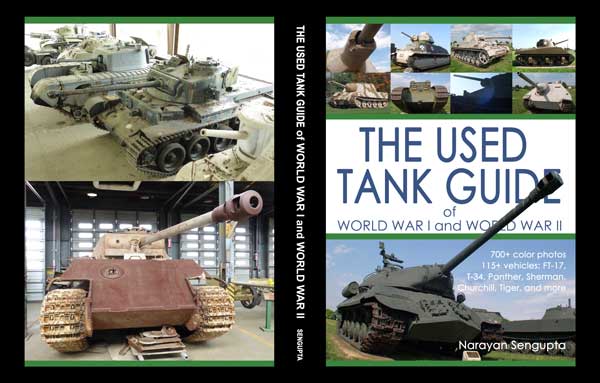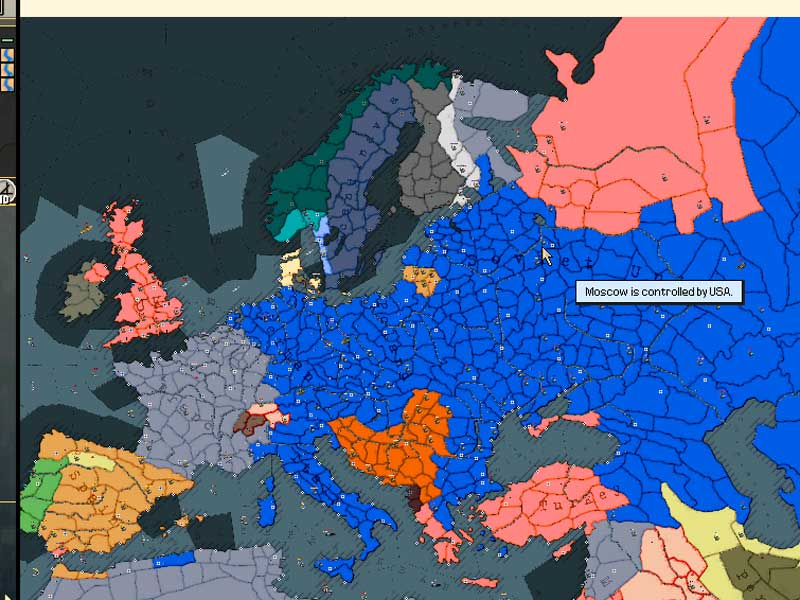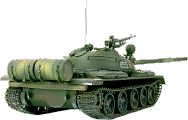Here are some thoughts on designing Equipment Files that are distilled from months of spending time designing Equipment Files for People's General, Pacific General and Panzer General II. I have tried to make my notes very generic (not specific to any one particular game), but you'll see where I have added game specific notes. If you have any strategies or tips that you would like to add, then please e-mail them to me.
Air Movement
I find that air speeds are typically greatly underrated in the various SSI games.
A significant problem with slow aircraft speeds is that it minimizes the effect of carriers, and makes battleships appear more important than they really were. Realistically, jet aircraft should be able to fly 30 to 40 hexes (unless there are fuel constraints), have lower amounts of ammo so that they are more tied to their bases. Air units should have their naval attack values increased. Carriers should have fewer hangar slots (perhaps 1/2 of what they currently have) so that we can't all play with just one carrier (at least I never buy more than the one I usually get to start out with), and each slot correspond to about 24 aircraft (2 squadrons). Surface vessels should move more slowly (say 2 to 5 hexes rather than 4 to 8 ) , etc. so that their movement becomes more in line with air movement. Battleships and other vessels should have their ranges decreased a bit as well. All of this will make Pearl Harbor and other naval scenarios more realistic.
The varying scales will make jets and other aircraft more significant than they would be otherwise. It will also make the older planes worth upgrading from (even more so than now). On the downside, it might throw existing scenarios/campaigns designed with Swordfishes out of whack.
Scale
1>At 1:25, we get moves of 6 to 24
2>At 1:30, we get moves of 5 to 20
3>At 1:20, we get moves of 7 to 30
Problem
Scale conflicts with naval move speeds.
Solution
Don't worry about it? Besides, the newer move ranges will be partially offset by the more restrictive movement ranges (fuel).
Note that Pacific General has a 31 hex limit on movement in one turn, at least for air units. The 31 limit on speed is very unfortunate. I was going to plug 31 into my model and see what that translates to. However, we don't have to use the Me-163, as an upper limit, because its fuel rating (under 62 miles in real life) will limit moving well before the speed rating does (596 mph in real life). So we can probably use 540 mph (Me-262A-1) as an upper limit, divide that by 31. That gives us a factor of 17.5 mph per hex of movement. The Swordfish at 180 mph then gets a movement of 10.
At that calibration of 17.5 mph per unit of movement, and thus a scale of 17.5 miles per hex, the Me-163 can only move 4 hexes total! And that becomes more realistic than the way it is now. So its speed rating only needs to be 4 (though we can leave it at 31 if the range will automatically prevent it from being moved that far). Also, at that rate, the Me-262 can only move 37 hexes total (17.5 * 37 = 650 mile max radius). So the Me-262 could move 31 on one turn, but then it could only move 6 on the next turn (assuming that it doesn't get stopped by some other unit on the way and that night movement doesn't occur). That will prevent most people from abusing the high speeds.
We haven't even figured in low fuel availability toward the end of the war for such high-performance aircraft which can also hamper abuse.
Air Transports in Pacific General have an unlimited movement which is probably an attribute of the class...
Bomb Loads
For example, the B-29 has an ammo rating of 20. It can bomb on 20 successive turns. It has a higher attack value than other units as well. That second part makes sense, of course, because it had a monstrous bomb load that was topped only by the Lancaster, I think.
However, in real life, it would bomb once, not 20 times, and then turn around and head back. So logically, it should have an ammo rating of 1 (and perhaps one to three more for self-defense, which should really be from another ammo rating).
Then the bomber would head back. So it needs to have the movement to be able to get back in one turn. But, Frank has now found out that the movement is limited to 31, which puts a damper on realistic movements. But we can still work within the constraints of 31, as we have discussed in another post. We'll probably use 31 as an upper end "cruising speed". The Me-262 had a top speed of 540 mph, at least the fighter did. But the cruising speed was probably about 80% of that at best. So let's say it was about 430 mph. We use that as 31. So each mph translates in to about 13 mph/movement unit. Then a Swordfish, which had a max speed of 138 to 180 (depending on whose numbers you go with), and thus let's say a cruising speed of 138, then ends up with a movement rating of 10, which seems perfectly reasonable.
There are other issues, which I am trying to factor in, such as fuel availability, max range vs. normal range, max speed vs. cruising speed, etc. So we are going to be shooting for high (recalibrated) movement ratings, lower weapons loads, etc.
More on this later as I start to test out more theories...
Unit Costs
Projected Units actually partially completed, but cancelled due to war or refocusing on different objectives are being added in for some time after their projected completion dates, but they are more expensive than they would have been otherwise, with at least a 20% premium over comparable units. What do you think?
Projected Units never even started... These should probably bear a 25% or so premium over their historical counterparts. What do you think?
Should Lend-Lease units be cheaper or more expensive than their indigenous counterparts?
Should Lend-Lease units be equal to or worse than the same units used by the producing country?
Should Lend-Lease units be available on the same date or at a later date as the same units used by the producing country? (Keep in mind that changing the date or the capabilities or the expense will mean adding an additional record to the e-file which decreases our opportunity to add a completely NEW record later.)
Lend-Lease units were often free in real life. Should their e-file values be decreased some to reflect this? The user is still constrained by the number of available slots, and will want to put in the best unit when prestige is available. However, we don't want the user to be able to get better than indigineous units for less. For example, we don't want the user to get B25Js for a lot less than Il-3s and for the B25Js to be cheaper as well.
Some values have been changed depending on their actual abilities, as opposed to their abilities on paper. So the Me-163, with a five minute flying range and 10 kills for 300 aircraft completed has had its range shortened, its ammo reduced, etc.
Costs for naval units from countries without lots of naval experience like Russia are higher than for other countries.
Railway Guns
I have also been wondering how to model railway guns. Here are some possible suggestions:
1. Movement should be 0 or very limited (like 1). These (really big) railway guns were typically set up once and then not moved for a while. Other railway guns were smaller and thus more tactical in useage, but I don't know how to model those. They should be classified as forts so that they can't be purchased by the player.
2. The attack values, based on gun bore alone should theoretically be huge. But remember that a unit would typically be perhaps one railway gun firing one huge shell about every hour or so (or something much slower than one every 30 seconds). Artillery units in these SSI games are battalions or brigades, consist of rapid fire heavy artillery able to lay down a lot of destructive power in very short periods of time, and are, in fact, the deadliest of all weapons in WWII - yup, more than planes, trains or automobiles, tanks, or infantry.
3. Railway guns were great at destroying forts and okay at firing into big cities, but they were lousy at taking out the enemy units that are typically represented in these games.
4. Of course, railways are not modeled in any of these games. I wish they were!
My conclusion, unfortunately, has been that there is very little room (or need) for railway guns.
Destroyers
I have used them as stand-alone as opposed to as destroyer squadrons.
The main reasons:
They are more fun to name (and I did a hell of a lot of research on DD names: see my signature below) It didn't occur to me that they would be flotillas any more than the other unit classes would (such as subs, as you mentioned)
I would just do whatever makes you happy. It's really hard to be a purist in this game because of so many other contradictions (as with all of the other games in this series). Pacific General is a fantastic naval game which none of the other games in the series have come close to touching...
Narayan Sengupta
June 7, 2001-January 25, 2002

 Home
Home Hearts of Iron
Hearts of Iron








 French Military Victories...
French Military Victories...